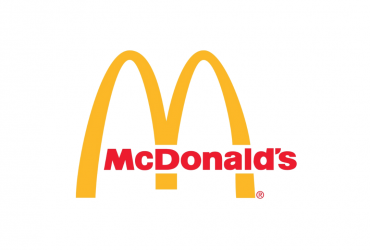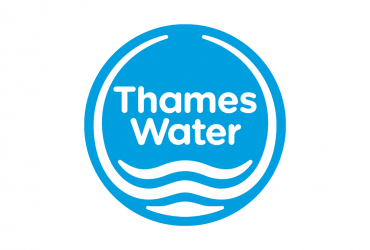What Is Efflorescence?
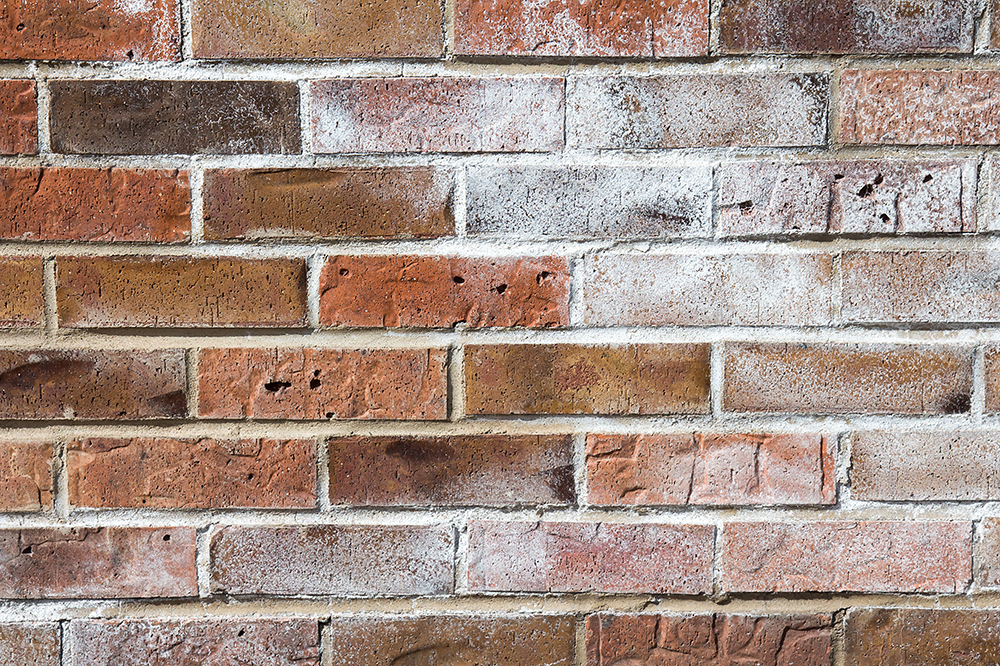
CONTENTS
Efflorescence is a common concern for homeowners and builders in the UK. The reason for this has much to do with British weather.
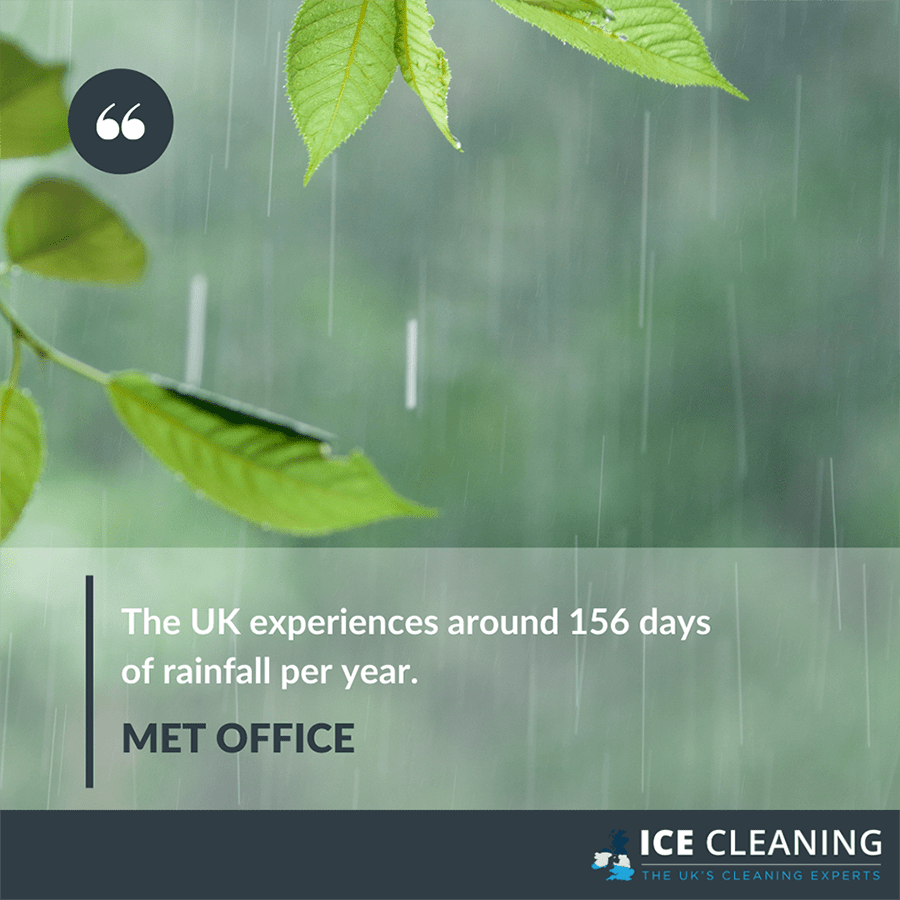
Efflorescence is normally linked with rain and snow. According to the Met Office, Britain has seen an average of 156.2 days of rainfall per year over the last 3 decades (1981 to 2010). This equates to every 2 to 3 days.
Of course, some parts of England, Scotland and Wales are much wetter than others. For example, the farther west you go, you’ll need to pack a bigger umbrella. But in general, the average day hosts a 42.8% chance of rainfall.
With rainfall so prominent, the likelihood of efflorescence remains high. But what is efflorescence?
Whilst there’s a good chance that you’ve seen efflorescence before, you may not have known its name. In fact, many people who have heard of it don’t really know what it is.
According to The Balance, efflorescence is a crystalline or powdery deposit of salts. Found on the outer surface of brick, stone or concrete surfaces, it appears as a white-grey substance.
Efflorescence occurs following a period of rain or heavy moisture. When it rains, water seeps into gaps in the wall. It remains in the structure of the wall until the surface dries, before evaporating into the air. When this happens, a salt deposit is left behind.
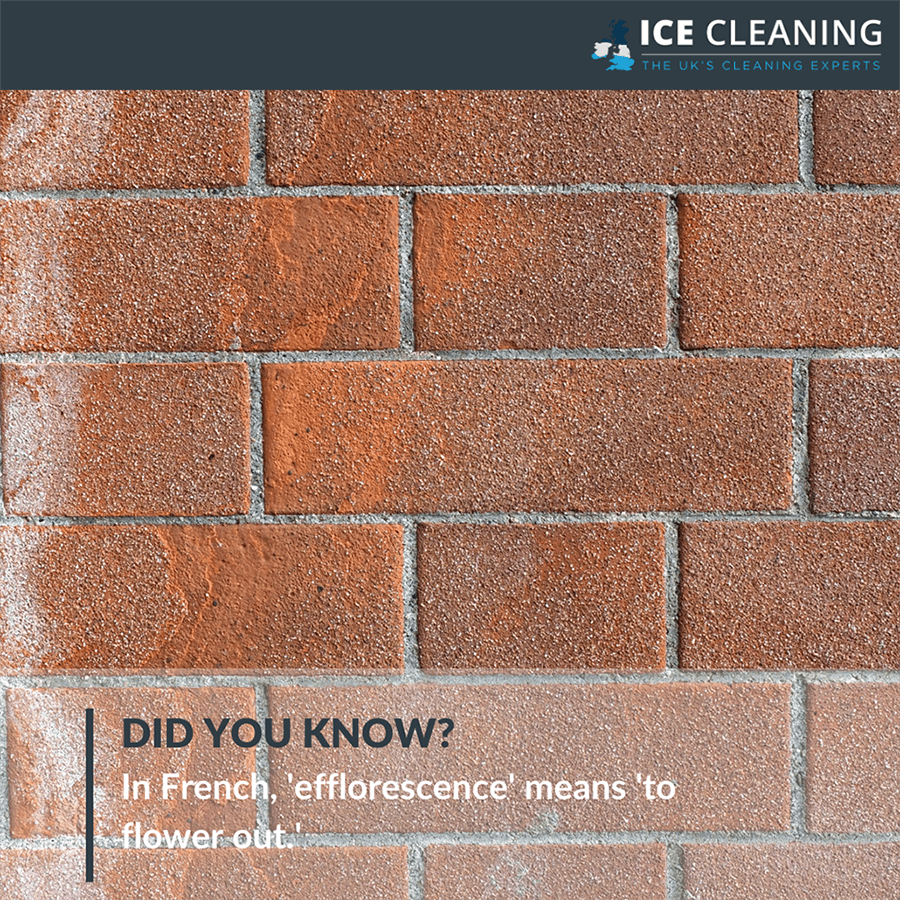
The French translation of efflorescence means ‘to flower out’. As the term suggests, it can grow quickly. What may start out as a small patch of white, can quickly take over the walls of your building.
Though unharmful to humans, the appearance of efflorescence is rather unpleasant. It should be treated as soon as possible to prevent it from spreading.
To tackle the problem, you must first understand the cause.
What causes efflorescence?
As previously discussed, efflorescence is the product of evaporated water. However, in order for the process to take place, 3 conditions must be met:
Water-soluble salts must be present
Go Brick states that soluble salts must be present within or in contact with the brick, stone or concrete surface. Soluble salts can be found in mortar ingredients, backing materials, adjacent soil or even the brick itself.
A source of water must be in contact with the salts for a sufficient period of time
Moisture must be available for enough time to transform the salts into a soluble solution.
Salts must be able to move to the surface of the material
A pore structure must be present to allow the salt to migrate to the surface. Evaporation can only take place at the surface of the material.
There will usually be a driving force behind the moisture. This may include a temperature or humidity gradient. The driving force will push the moisture through the pore structure to the surface.
How to prevent efflorescence
Preventing efflorescence is a tricky task. For one, it is not possible to prevent moisture from coming into contact with masonry during harsh weather. It is also not practical to exclude soluble salts from masonry materials.
You can, however, attempt to reduce each of the contributing factors to prevent efflorescence. At the least, you should be able to reduce its severity.
Whilst you may not be able to stop moisture from coming into contact with the surface, for example, in the form of rain or snow, you may be able to minimise the amount of water that penetrates the masonry. Through careful selection of materials and design, you can lessen the amount of salts present.
Material selection plays a key role in preventing efflorescence. In recent years, many builders have opted for concrete brick to reduce the possibility of efflorescence. Concrete brick is a solid choice as its composition makes it less likely to develop efflorescence over time (Tobermore).
You may also choose to invest in a water-repellent coating for your surfaces. Silicone and acrylic coatings are ideal for reducing the amount of water absorbed. The best solution is a combination of both a suitable material and a sufficient coating.
How to remove efflorescence
Normal weathering may remove traces of efflorescence over time. However, if you don’t want to wait, you can remove the efflorescence yourself.
Whilst the removal of efflorescence is a relatively easy operation, it’s always advisable to hire the professionals. A team of experts will have access to unrivalled techniques and solutions, allowing for a speedy cleaning process.
Call us today
Here at ICE Cleaning, we offer professional brick and stone cleaning services for customers in the UK. Using non-abrasive cleaning methods, we can successfully remove all traces of efflorescence from your site.
To find out more, contact our friendly support team on 0208 066 0360 or email us on enquiries@icecleaning.co.uk and we’ll get back to you as soon as possible.

Speak with me today,
I’m here to help
By asking you a few questions either via phone or email I can immediately provide a realistic estimation of the cost.
You’re in good company. We’ve cleaned for the following commercial clients… View all

Why choose us?
- Cater to a wide variety of cleaning situations
- Nationwide coverage, available 24/7
- Cater to commercial and domestic clients
- Free survey provided prior to quotation
- Emergency response team
- Offer a bespoke service designed to suit all your needs
- All technicians hold professional health and safety qualifications, including BICSc, IOSH, Dewpoint Professional & Safe Contractor
We’re fully accredited
We place best practise, professional expertise and health and safety at the core of our business. We’re fully compliant with all legal obligations. You can view a list of our accreditations below, or visit our Health & Safety page for more information.

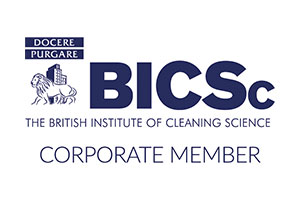









-RGB-small.1707319151.jpg)
